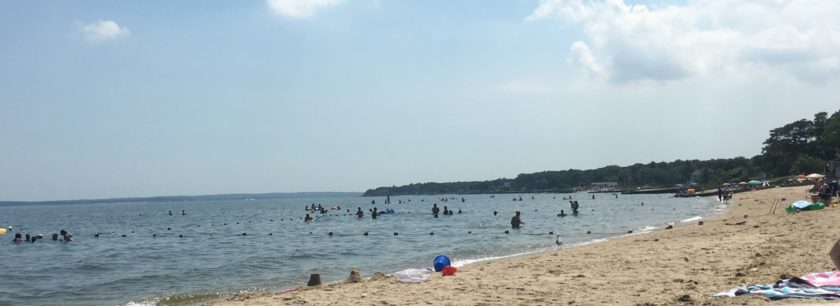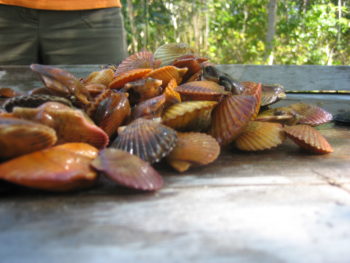Protecting & Restoring Long Island's Peconic Bays
Viruses, bacteria, fungi, and protozoans that cause diseases in humans, animals or plants. High levels of these pathogens may make shellfish unsafe to eat and water unsafe for swimming.

Pathogens are viruses, bacteria, fungi, and protozoans that cause diseases in humans, other animals or plants. Pathogens that may be found in marine waters include those causing gastroenteritis, salmonellosis, and hepatitis A. Untreated or partially treated human sewage and wild and domestic animal waste are major pathogen sources. People may become infected through direct contact with or ingestion of contaminated water, or by eating raw or partially cooked bivalve shellfish harvested from contaminated waters. Pathogens can enter marine waters via stormwater runoff, wildlife and waterfowl, illegally discharged sanitary wastewater from boats, and on-site disposal systems for waste treatment.
Untreated or partially treated human sewage and wild and domestic animal waste are major pathogen sources.
High levels of pathogens in local waterways may make shellfish unsafe to eat, and may result in fishing closures of shellfish beds in the Peconic Estuary. High levels of pathogens can also make water unsafe for swimming, leading to beach closures. The closure of shellfish beds and beaches can result in economic losses for fishermen and businesses.

The New York Department of Environmental Conservation monitors for the presence of pathogens in shellfish harvest areas, while the Suffolk County Department of Health Services monitors the water quality at bathing beaches.
Click here for current Shellfish Bed Closures
Click here for current Bathing Beach Advisories and Closures
Sign up for News, Events and Information straight to your inbox.
